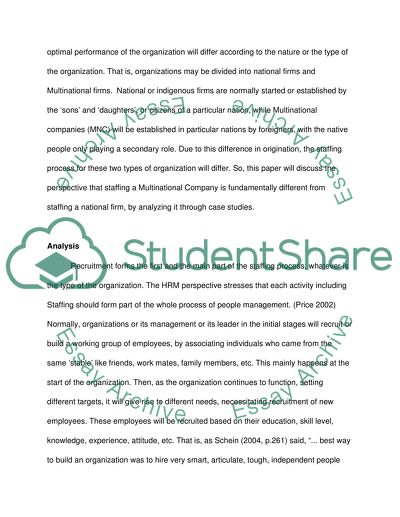Cite this document
(“International Human Resource Management and organisational behviour Essay”, n.d.)
International Human Resource Management and organisational behviour Essay. Retrieved from https://studentshare.org/miscellaneous/1544943-international-human-resource-management-and-organisational-behviour
International Human Resource Management and organisational behviour Essay. Retrieved from https://studentshare.org/miscellaneous/1544943-international-human-resource-management-and-organisational-behviour
(International Human Resource Management and Organisational Behviour Essay)
International Human Resource Management and Organisational Behviour Essay. https://studentshare.org/miscellaneous/1544943-international-human-resource-management-and-organisational-behviour.
International Human Resource Management and Organisational Behviour Essay. https://studentshare.org/miscellaneous/1544943-international-human-resource-management-and-organisational-behviour.
“International Human Resource Management and Organisational Behviour Essay”, n.d. https://studentshare.org/miscellaneous/1544943-international-human-resource-management-and-organisational-behviour.


